Broasted chicken is a unique and mouth-watering dish that has gained popularity around the world for its combination of crispy, golden crust and tender, juicy meat. Often regarded as one of the best forms of fried chicken, broasted chicken differs from the typical deep-fried versions in both preparation and cooking techniques. While fried chicken may have a reputation for being greasy, broasted chicken stands apart with its delightful balance of crispy skin and moist, flavorful chicken inside. But what exactly makes broasted chicken so irresistible? In this article, we will dive deep into the history, process, and secrets behind this beloved dish, so you can recreate it at home and understand why it’s so universally adored.
The History of Broasted Chicken

The term “broasted” was first coined by the Broaster Company, which was founded in 1954 in Beloit, Wisconsin, by a man named L.A. Melle. Melle invented a method for cooking chicken that combined pressure cooking and deep frying, resulting in a crispy texture and a juicy interior. The name “broasting” is a trademarked term, and the technique itself involves cooking chicken in a special pressure fryer.
Over time, broasted chicken spread in popularity, especially in restaurants, fast food chains, and even local eateries. As word spread about the delicious results of broasting, many establishments began offering the dish, making it a beloved choice for those seeking something beyond traditional fried chicken. Today, broasted chicken remains a staple in many parts of the world, especially in countries like the United States, India, and the Middle East.
What Makes Broasted Chicken Different?
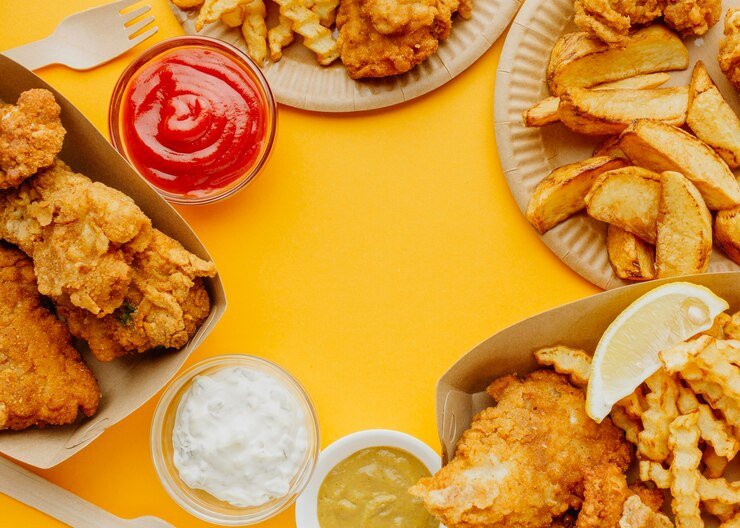
At its core, broasted chicken combines two well-known cooking methods: pressure cooking and deep frying. But it’s the way these techniques are used in combination that produces the distinctive qualities of broasted chicken. Here’s how it works:
1. Pressure Cooking
Pressure cooking is what sets broasted chicken apart from regular fried chicken. The high-pressure environment in a pressure fryer causes the chicken to cook faster and more efficiently than traditional frying methods. The sealed pressure ensures that the chicken remains juicy while it cooks, preventing moisture loss and keeping the meat tender.
During the cooking process, the chicken is exposed to heat and pressure for a set amount of time. This results in the meat cooking through faster and retaining more of its natural moisture. The pressure also helps the batter or coating stick to the chicken, ensuring it stays crispy throughout the cooking process.
2. Deep Frying
Once the chicken is pressure-cooked, it’s typically deep-fried for a short amount of time to achieve a golden-brown, crispy exterior. The hot oil crisps up the batter and seals in the moisture, creating a perfect contrast between the crunchy skin and juicy, tender meat inside. The frying process also adds flavor to the chicken, ensuring a delicious, savory crust.
3. Seasoning and Marinades
One of the secrets to truly great broasted chicken lies in the seasoning and marinades. Chicken that has been properly marinated absorbs flavor deeply, making each bite burst with taste. Broasted chicken is often marinated with a blend of spices, herbs, and buttermilk or yogurt, which tenderizes the meat and enhances its flavor. Some recipes also call for the chicken to be seasoned with a dry rub before cooking to add an extra layer of seasoning.
4. The Broaster Pressure Fryer
While many home cooks and restaurants have adopted broasting, it’s the Broaster Pressure Fryer that ensures the cooking process is executed precisely. The fryer itself is designed to handle both the pressure cooking and frying stages of broasting. The specially designed fryer allows the chicken to cook at a higher temperature and pressure, ensuring that it retains its juiciness while also achieving the desired crispy finish.
The Broasted Chicken Process: Step-by-Step
Now that we’ve covered the basics, let’s break down how to make broasted chicken at home, including the process from preparation to cooking. While it’s recommended to have a pressure fryer, you can still recreate similar results with the right tools.
Ingredients for Broasted Chicken:
- 4-6 pieces of chicken (drumsticks, thighs, wings, or breasts)
- 1 cup of buttermilk (or milk mixed with lemon juice)
- 1 tablespoon of hot sauce (optional)
- 2 cups of all-purpose flour
- 1 tablespoon of salt
- 1 tablespoon of pepper
- 1 tablespoon of garlic powder
- 1 tablespoon of paprika
- 1 teaspoon of cayenne pepper (for a bit of heat, optional)
- 1 teaspoon of onion powder
- 1 teaspoon of dried thyme
- Vegetable oil (for frying)
- A pressure fryer (or regular deep fryer)
Preparation:
-
Marinate the Chicken:
Begin by marinating the chicken in buttermilk and hot sauce (if using) for at least 2 hours, or ideally overnight. This will tenderize the chicken and infuse it with flavor. -
Prepare the Coating:
In a separate bowl, combine the flour, salt, pepper, garlic powder, paprika, cayenne pepper, onion powder, and thyme. This mixture will create the crispy coating for the chicken. -
Coat the Chicken:
Remove the chicken pieces from the marinade, allowing any excess liquid to drip off. Dredge the chicken in the flour mixture, making sure each piece is thoroughly coated. Press down gently on the chicken to help the flour stick. -
Heat the Pressure Fryer or Deep Fryer:
Heat your pressure fryer or deep fryer with vegetable oil to 350°F (175°C). If you’re using a pressure fryer, ensure the chicken is placed carefully inside the fryer basket. If using a regular deep fryer, make sure the oil is deep enough to submerge the chicken completely. -
Cook the Chicken:
For pressure frying, cook the chicken for about 10-12 minutes. If using a regular deep fryer, cook the chicken for around 8-10 minutes, until the exterior is golden brown and crispy. Make sure the internal temperature of the chicken reaches 165°F (75°C). -
Drain and Serve:
Once the chicken is fully cooked, carefully remove it from the fryer and drain any excess oil on a paper towel. Let the chicken rest for a few minutes before serving.
Optional Step – Serve with a Dipping Sauce:
Broasted chicken is often served with various dipping sauces like honey mustard, BBQ sauce, or ranch dressing. The crispy exterior and tender meat pair perfectly with any dipping sauce of your choice.
Tips for Perfect Broasted Chicken
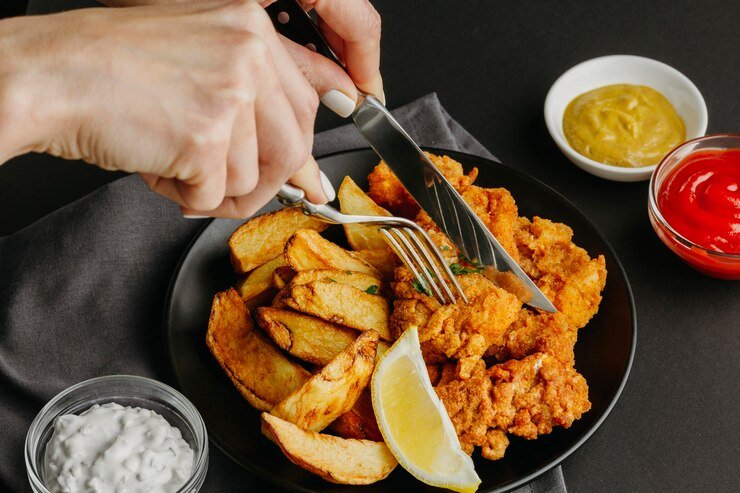
Achieving the perfect broasted chicken requires attention to detail. Here are some tips to help you get it just right:
- Don’t Overcrowd the Fryer: Make sure there’s enough space in the fryer for the chicken to cook evenly. Overcrowding can lead to uneven cooking and soggy skin.
- Monitor Oil Temperature: If the oil temperature is too low, the chicken will absorb excess oil, making it greasy. Keep the oil temperature around 350°F (175°C) for the best results.
- Let the Chicken Rest: After frying, let the chicken rest for a few minutes before serving to allow the juices to redistribute and to ensure the coating stays crispy.
- Use a Meat Thermometer: Always check the internal temperature of the chicken to ensure it’s fully cooked. The safe cooking temperature for chicken is 165°F (75°C).
Also Read : Jelly Sandwich Delight: A Classic Treat With A Twist
Conclusion: Why Broasted Chicken is a Must-Try Dish
Broasted chicken offers the perfect balance of crispiness and juiciness, making it an irresistible choice for chicken lovers everywhere. Its unique combination of pressure cooking and deep frying results in a deliciously tender interior and a golden, crispy crust that’s hard to beat. Whether you’re cooking at home or dining out, broasted chicken promises an unforgettable flavor experience.
By following the tips and steps outlined in this article, you can recreate restaurant-quality broasted chicken in your own kitchen. The secret lies in the right techniques, high-quality ingredients, and proper equipment. Whether served with a dipping sauce or enjoyed on its own, broasted chicken is sure to become a favorite in your culinary repertoire.
FAQs
What is the difference between broasted chicken and fried chicken?
Broasted chicken is cooked using a combination of pressure cooking and deep frying, which results in a crispy crust and juicy interior. In contrast, fried chicken is typically cooked solely by deep frying, which can lead to a less tender and juicier result.
Can I make broasted chicken without a pressure fryer?
While a pressure fryer is ideal for broasting chicken, you can still achieve similar results by marinating the chicken, coating it in seasoned flour, and then deep frying it in a regular fryer or a deep pan. However, a pressure fryer helps retain moisture and creates the signature crispiness more effectively.
Is broasted chicken healthier than regular fried chicken?
Broasted chicken can be considered slightly healthier than regular fried chicken because the pressure cooking process allows the chicken to cook faster and retain moisture. This may result in less oil absorption and a lower fat content. However, it’s still a fried food, so moderation is key.
How long can I store leftover broasted chicken?
Leftover broasted chicken can be stored in the refrigerator for up to 3-4 days. Make sure to store it in an airtight container to maintain freshness. You can also freeze leftover broasted chicken for up to 2-3 months.
Can I use other meats for broasting?
While broasted chicken is the most common meat used, you can also try broasting other meats such as pork, beef, or even fish. The broasting method can be adapted for different types of meat, though cooking times may vary depending on the size and thickness of the meat.


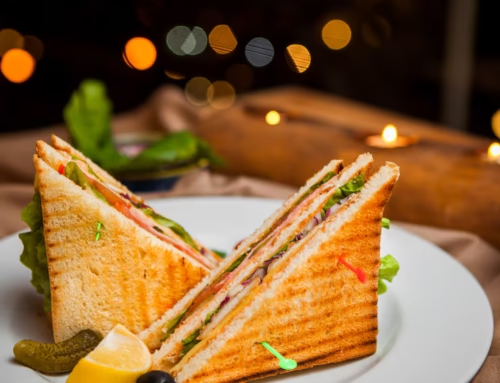
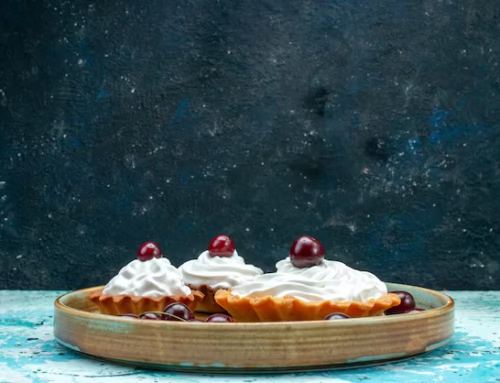
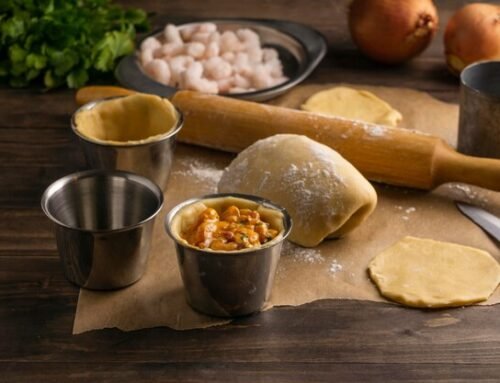



Leave A Comment